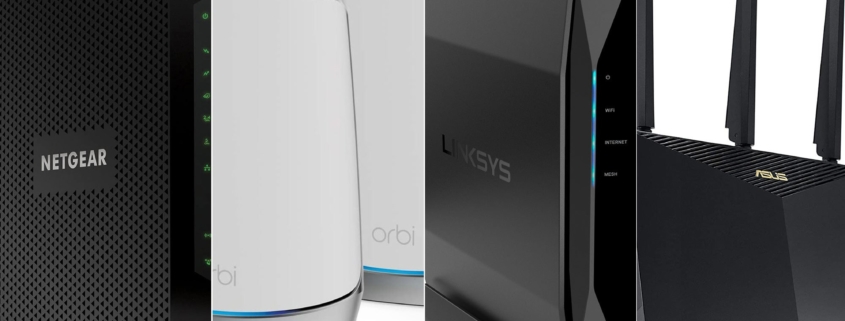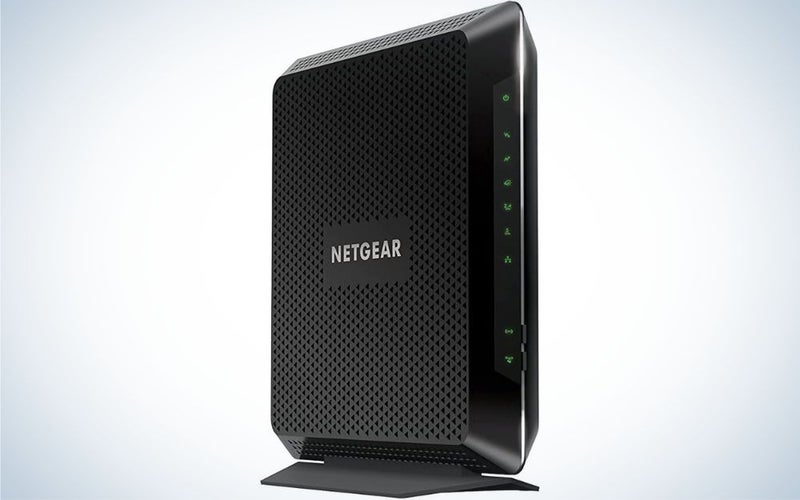The best routers for Spectrum of 2024
We may earn revenue from the products available on this page and participate in affiliate programs. Learn more ›
If you work from home—and you’re a Charter Communications customer—you know there’s a huge difference between a bad router and a router that’s compatible with Spectrum internet. A bad router means long wait times talking to customer service, annoyingly slow load speeds, and a pixelated presence on work video calls. Choosing the best router for work, play, and just surfing the web makes life easier—and reduces the amount of low to no bandwidth-induced headaches you might get.
How we chose the best routers for Spectrum
We know how important a strong Wi-Fi connection is to effortless, lag-free performance on the best gaming laptops and streaming high-quality lossless audio. I personally have made the mistake of not doing my research before buying a router—would not recommend spending a few days Wi-Fi-less and with my own thoughts. To prevent you from facing a similar situation, we looked to personal testing, peer recommendations, critical reviews, and user impressions to find the best Spectrum routers.
The best routers for Spectrum: Reviews & Recommendations
The best routers for Spectrum can handle everything, whether it’s a day full of video meetings, nights scrolling TikTok, intense gaming sessions, or streaming lengthy explainer videos on YouTube. These are our top picks.
Best overall: Netgear Nighthawk Cable Modem Wi-Fi Router Combo
Why it made the cut: You don’t have to worry about purchasing a separate modem with this trusted combination device.
Specs
- Data transfer rate: 1,900 Mbps
- Coverage: 1,800 square feet
- Plan speed compatibility: Up to 400 Mbps
- Parental controls: Yes
- Ports: Four 1-gigabit Ethernet ports; one USB 2.0 port
Pros
- Easy installation
- Independent channels for 2.4 GHz and 5.0 GHz
- Warrants fast, reliable internet.
Cons
- Slow return on investment
- No support for Wi-Fi 6
The Netgear Nighthawk proves that two is better than…





